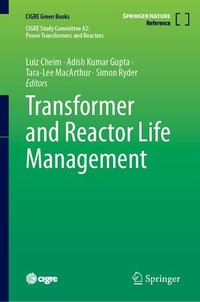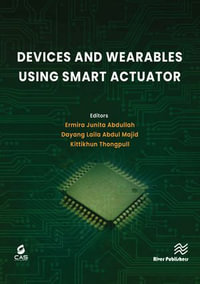
eTEXT
At a Glance
eText
$171.60
Instant online reading in your Booktopia eTextbook Library *
Read online on
Not downloadable to your eReader or an app
Why choose an eTextbook?
Instant Access *
Purchase and read your book immediately
Read Aloud
Listen and follow along as Bookshelf reads to you
Study Tools
Built-in study tools like highlights and more
* eTextbooks are not downloadable to your eReader or an app and can be accessed via web browsers only. You must be connected to the internet and have no technical issues with your device or browser that could prevent the eTextbook from operating.
Modern Predictive Control explains how MPC differs from other control methods in its implementation of a control action. Most importantly, MPC provides the flexibility to act while optimizing—which is essential to the solution of many engineering problems in complex plants, where exact modeling is impossible.
The superiority of MPC is in its numerical solution. Usually, MPC is employed to solve a finite-horizon optimal control problem at each sampling instant and obtain control actions for both the present time and a future period. However, only the current control move is applied to the plant.
This complete, step-by-step exploration of various approaches to MPC:
- Introduces basic concepts of systems, modeling, and predictive control, detailing development from classical MPC to synthesis approaches
- Explores use of Model Algorithmic Control (MAC), Dynamic Matrix Control (DMC), Generalized Predictive Control (GPC), and Two-Step Model Predictive Control
- Identifies important general approaches to synthesis
- Discusses open-loop and closed-loop optimization in synthesis approaches
- Covers output feedback synthesis approaches with and without a finite switching horizon
This book gives researchers a variety of models for use with one- and two-step control. The author clearly explains the variations between predictive control methods—and the root of these differences—to illustrate that there is no one ideal MPC and that one should remain open to selecting the best possible model in each unique circumstance.
Read online on
ISBN: 9781439859674
ISBN-10: 1439859671
Published: 3rd October 2018
Format: ePUB
Language: English
Publisher: Taylor & Francis
Edition Number: 1























